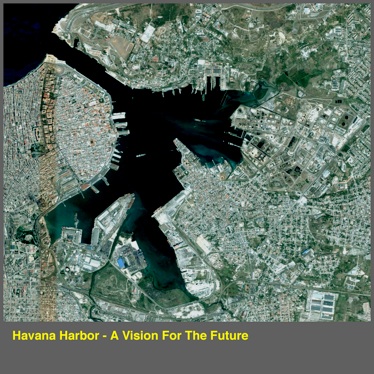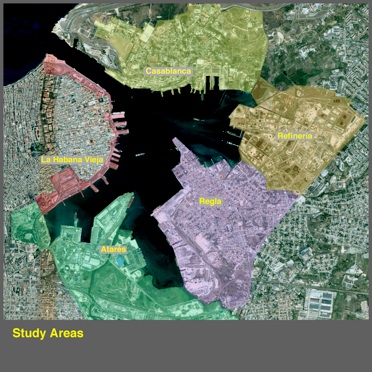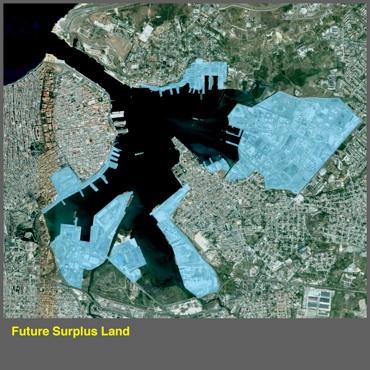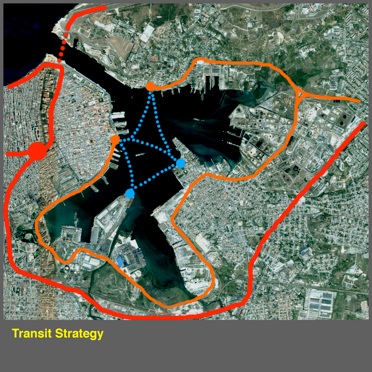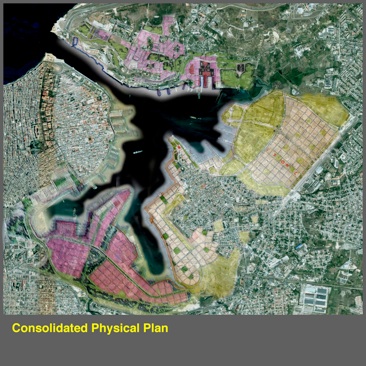8. Public transportation. A public transportation system must be envisioned to connect the whole site and to provide access to all areas.
9. Safe environment. Pollution must be eliminated as part of the sanitation of the bay and the rivers.
10. Social and cultural integration. The city, the towns, the neighbourhoods must guarantee that there’s no social exclusion for any reasons and should provide access to cultural life and all its manifestations.
11. A long term vision. As everything is connected with everything else, then the approach should a comprehensive one, that which allows conceiving all the issues as a whole with a systemic approach coming from the general to the particular, zooming in processes, places, etc.
Note: this commentary was written by
Prof. Arch. Julio César Pérez Hernández














































